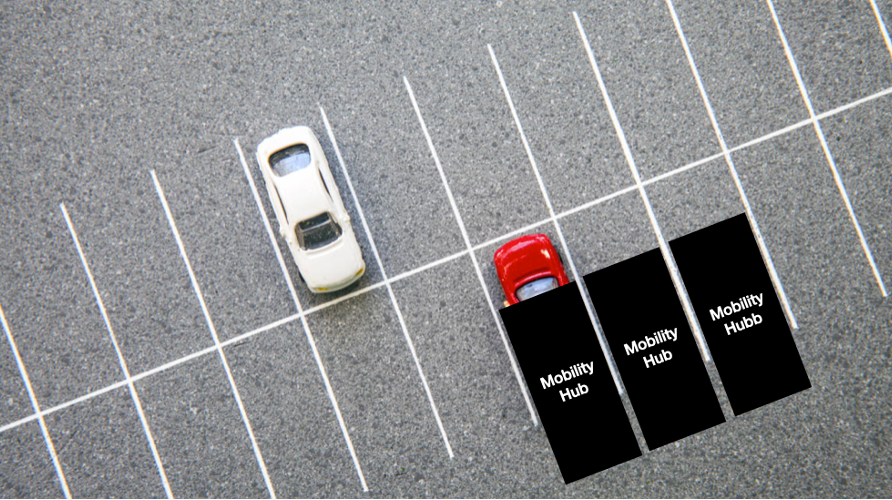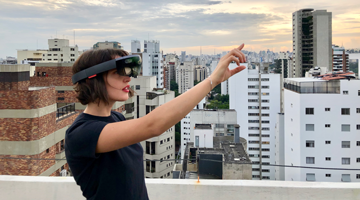Re-thinking of parking areas can transform cities

What will happen with the existing parking areas in a future urban environment with less cars and shared transportation? On that note, researchers at the Department of Machine Design want to map the total costs of parking spaces and explore how reutilisation models of parking as a resource can make us change our mobility habits - and cut CO2 emissions.
How do our existing parking spaces fit in the transition of the mobility system in our cities? In a future where cars are becoming accessible as services used and shared by multiple users, we probably need to reconsider how we use these existing spaces. This is what a team of researchers at the Department of Machine Design are working on.

“Parking spaces not only consume land and natural resources, increase air and water pollution, they also increase the cost of housing. Among many other impacts, they also encourage unsustainable travel behavior. They are a valuable resource not effectively utilized, ripe for a circular design perspective”, says lead researcher Liridona Sopjani.
A lot of technique is invented to decarbonize the transport sector - we improve the efficiency in fuels, change vehicle powertrains to electric, and even change the materials and fabric of vehicle design. But, the environments where vehicles, people and goods interact have been little thought of, according to Liridona.
“The sustainable transport cannot be generalized to cars becoming electric. Our spaces in cities today mainly support private car transport. When planning housing, we need to design environments and support structures to enable new electric mobility services which can benefit diverse everyday lives of people and not just car owners”.
Instead, land could be used for building denser, urban gardens, social interaction spaces, or even green spaces which can increase the value of development in other ways.
Liridona’s team is developing data driven models to map the total costs of parking spaces for public (and private) housing in Sweden in order to design new uses of the existing parking resources by connecting them into spots for mobility and accessibility hubs. The idea is to develop a portfolio of mobility and accessibility services as part of housing offer.
And hopefully innovative uses of parking lots can create new economic models for housing organizations while supporting implementation of more sustainable mobility services.
“We must start changing this formula and allow people to access new mobility services so it becomes more affordable and attractive than what it is today.”
Text: Anna Gullers

